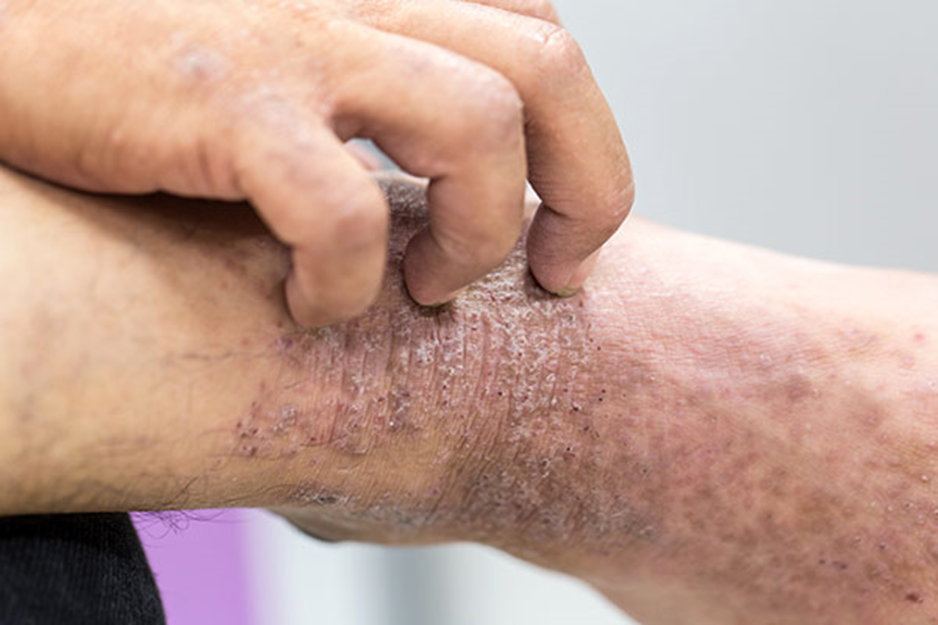A nurse is assisting in the care of a client who is to receive a transfusion of packed red blood cells (PRBCs). Which of the following solutions should be administered with PRBCs?
0.9% sodium chloride
Dextrose 5% in water
Lactated Ringer's
Dextrose 5% in 0.45% sodium chloride
The Correct Answer is A
Choice A reason: 0.9% sodium chloride or normal saline is the only solution that should be administered with PRBCs, as it has an isotonic osmolarity and pH that are compatible with blood products and can prevent hemolysis or clotting.
Choice B reason: Dextrose 5% in water or D5W should not be administered with PRBCs, as it has a hypotonic osmolarity that can cause hemolysis or rupture of red blood cells due to osmotic pressure.
Choice C reason: Lactated Ringer's or LR should not be administered with PRBCs, as it contains calcium and lactate that can interfere with blood coagulation and cause clotting or embolism.
Choice D reason: Dextrose 5% in 0.45% sodium chloride or D5½NS should not be administered with PRBCs, as it has a hypotonic osmolarity that can cause hemolysis or rupture of red blood cells due to osmotic pressure.
Nursing Test Bank
Naxlex Comprehensive Predictor Exams
Related Questions
Correct Answer is A
Explanation
Choice a: Placing the client in high-Fowler's position is the first action that the nurse should take because it can improve lung expansion and oxygenation, which are priority needs for a client who has a pulmonary embolism and is experiencing dyspnea.
Choice b is not correct because administering heparin to the client is not the first action that the nurse should take, but rather a subsequent action after ensuring adequate oxygenation. Heparin can prevent further clot formation and reduce the risk of complications, but it does not dissolve existing clots or improve respiratory status.
Choice c is not correct because encouraging the client to cough and deep breathe is not the first action that the nurse should take, but rather an ongoing intervention that can help mobilize secretions and prevent atelectasis. However, it may not be effective or feasible for a client who has severe dyspnea.
Choice d is not correct because obtaining the client's vital signs is not the first action that the nurse should take, but rather an assessment that can provide baseline data and monitor changes in condition. However, it does not address the immediate problem of impaired gas exchange or relieve dyspnea.
Correct Answer is D
Explanation
Choice A: This is incorrect because pallor is not a sign of anaphylaxis. Pallor can indicate shock, anemia, or hypoxia.
Choice B: This is incorrect because peripheral edema is not a sign of anaphylaxis. Peripheral edema can indicate heart failure, kidney disease, or venous insufficiency.
Choice C: This is incorrect because hypertension is not a sign of anaphylaxis. Hypertension can indicate stress, pain, or renal disease.
Choice D: This is correct because pruritus is a sign of anaphylaxis. Pruritus is a severe itching sensation that can accompany hives, rash, or angioedema.

Whether you are a student looking to ace your exams or a practicing nurse seeking to enhance your expertise , our nursing education contents will empower you with the confidence and competence to make a difference in the lives of patients and become a respected leader in the healthcare field.
Visit Naxlex, invest in your future and unlock endless possibilities with our unparalleled nursing education contents today
Report Wrong Answer on the Current Question
Do you disagree with the answer? If yes, what is your expected answer? Explain.
Kindly be descriptive with the issue you are facing.
